We met up with Sapphire, founder of The Coven, an online membership for female founders and freelancers, to find out more about her girl gang, her tattoos and inspiration.

What inspired you to set up The Coven? What’s the ethos around it? Do you have any membership requirements or rules? When I started, my first ever business (a flower studio) I went from being around lots of people all of the time to working by myself. I don’t think until you are in a situation where you work by yourself all of the time, you realise just how isolating it can be. I was battling such conflicting feelings – I was so excited to be running a business and so desperate for it to work but, on the hand, I was also extremely lonely.
This isolation inspired me to build a virtual platform to bring women from across the UK (and now the world) together, so that you’d have somewhere to log in, a place to go to break that isolation and make you feel supported even when you’re sat by yourself.
We don’t have any requirements, we are a Coven not a clique – we are for those who need us, as long as you identify as female and are happy to follow our only rule, which is to be nice, then you are welcome through our virtual doors.
How is it different from other clubs? How do we join? It’s funny, I get asked this question a lot now. When I started The Coven, there wasn’t much else like it, I knew of two other membership platforms who also targeted female founders, one of which was in America. Fast forward 15 months since launch and they are everywhere.
Our main difference is that absolutely everyone is welcome, we have been all about community over competition since day one. And we encourage our members to adopt the same ethos. What’s so beautiful about The Coven is that there are women from hundreds of different industries, all following different paths – we aren’t targeted at a particular industry or a particular type of person. We just want to support those who need it, we are for the people who believe in the power of community and want to be a part of something magical.
Another difference, one that isn’t as obvious, is that I work on The Coven full time and I have since day one. I’m heavily involved, even now we have a team, in the running of the business. I chat to members via email every day, reply to posts in our FB community and often jump on accountability calls to find out what a member has been doing that month. Many platforms take your money and leave you to it, I care about every single one of my members, I see them as people and not money signs.
We have a waitlist, you can add your name to the list to join us. We reopen doors on 1 October and will let in only 500 members, act fast!

Saph, tell us a little about your background, where you grew up and where you live now? What do you love about it? With a name like Sapphire people always expect me to have an exotic background but I was born in Crawley, West Sussex – you can’t get any less exciting. I moved around a lot when I was younger we lived in various places in Sussex, West Sussex and Surrey before moving to Essex when I was nine.
 I went to Thailand at 19, tried New York at 23 and then moved to Ibiza at 24, which is where I’ve been living for the past eight months. I’ve actually made the decision and taken on a flat back in Essex near my family. It was a really difficult decision to make, I’d gone through a real bout of loneliness in Ibiza (loneliness seems to follow me!) as I didn’t manage to make very many friends. Once again it was difficult because I had all these people telling me how amazing it must be to live in Ibiza and how lucky I was but… a beautiful view isn’t always fun if you don’t have anyone to share it with. I looked at moving to London but the prices are extortionate and I craved being close enough to my family to have Sunday roasts and see my friends. The flat has literally been signed today, so I’m back to being an Essex girl for at least the next year or so!
I went to Thailand at 19, tried New York at 23 and then moved to Ibiza at 24, which is where I’ve been living for the past eight months. I’ve actually made the decision and taken on a flat back in Essex near my family. It was a really difficult decision to make, I’d gone through a real bout of loneliness in Ibiza (loneliness seems to follow me!) as I didn’t manage to make very many friends. Once again it was difficult because I had all these people telling me how amazing it must be to live in Ibiza and how lucky I was but… a beautiful view isn’t always fun if you don’t have anyone to share it with. I looked at moving to London but the prices are extortionate and I craved being close enough to my family to have Sunday roasts and see my friends. The flat has literally been signed today, so I’m back to being an Essex girl for at least the next year or so!

Tell us about your tattoos and piercings. Are you planning more? I am covered in tattoos, all of which are extremely random. Tattoos to me, are like memories and I tend to get them as a spur of the moment thing to look back on… this is sometimes a good way to do it but has lead to some hilarious regrets.
My first tattoo I got on my first girls holiday to Magaluf. I absolutely hated the place, maybe if I’d gone to Ibiza I’d have got a classier tattoo. One drunken night led to me getting a chinese symbol on my back. It says courage, to remind me to be brave. The first thing my mum said when I got home was ‘wow, Chinese symbols, they were tacky even in the ’90s’. Every time someone asks me about it, it makes me laugh, although for a while I regretted it, now it just makes me smile.
My second tattoo covers the bottom half of my left arm and is of two very detailed red roses, a completely random idea at the time, wasn’t a particular lover of flowers but I went on years later to own my florist, so it ended up making sense.
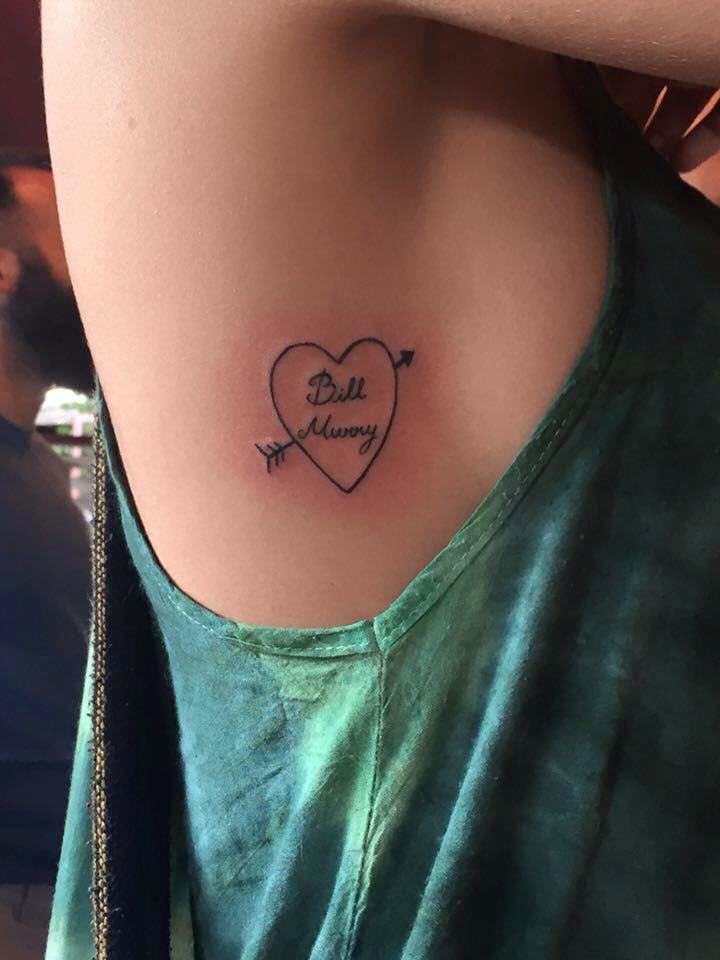
Another funny one… I am a HUGE Bill Murray fan and have been for years. During my time in Thailand, my friend said he was going to get an ‘I love Nicholas Cage’ tattoo and so I ran off to get a Bill Murray one. Into my local tattoo shop, shoved down my shit drawing of what I wanted and got inked right then and there. I marched back to the cafe where we all hung out, next to my little wooden hut to proudly show everyone. Turns out he spelt it wrong. It says Bill Mummy. F*cked it.
They aren’t all funny, some are cheesy. When I had a huge and very messy break-up just a few days before my and ex partner had booked to go travelling around Asia together, I was absolutely shattered – both because we’d broken up and because it meant the trip I’d planned for eight months was cancelled. I couldn’t bear to go alone so I said f*ck it and booked a one-way flight to New York and found an apartment to rent. While there I nursed myself back to full happiness and got a tattoo of a broken heart with the American flag in it to remind myself of how strong I am and how much fun I had.
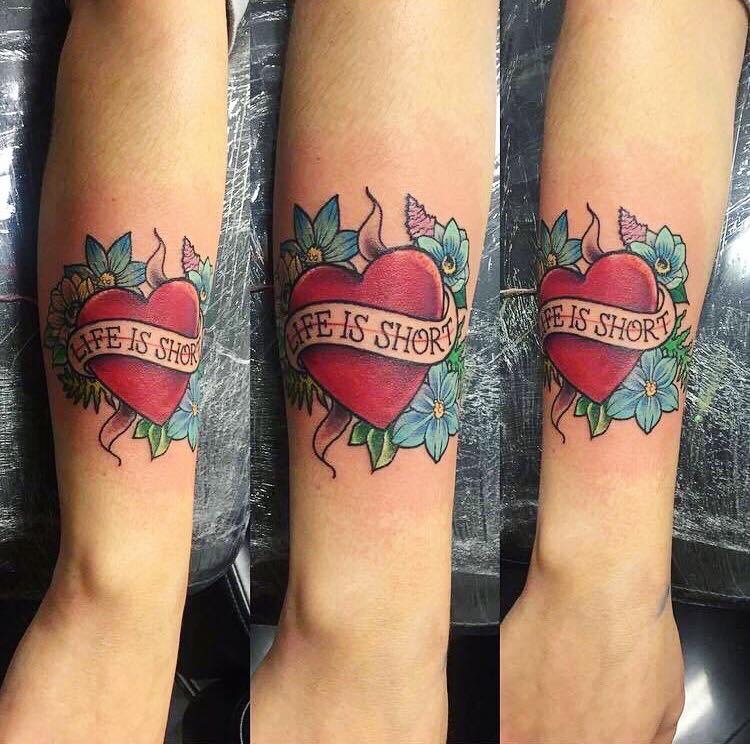
What are your hopes for the future? My only personal goal is to be happy, I want to live a life that makes me happy almost every day. Too many people wish each day away, whether they are waiting for summer or counting down to a holiday or imagining how things will be better if only X thing changed. None of us know how long we’ve got (I have another tattoo that says life is short!) and when our time will be up. I want to enjoy whatever time the universe has planned for me.
The Coven is a whole other story, I’ve got targets and plans coming out of my ears. In 2020 we are expanding, we already have members in 16 countries around the world but we are planning to expand our events worldwide.
You can sign up to The Coven waitlist (which opens tomorrow, 1 October) at thecovengirlgang.com




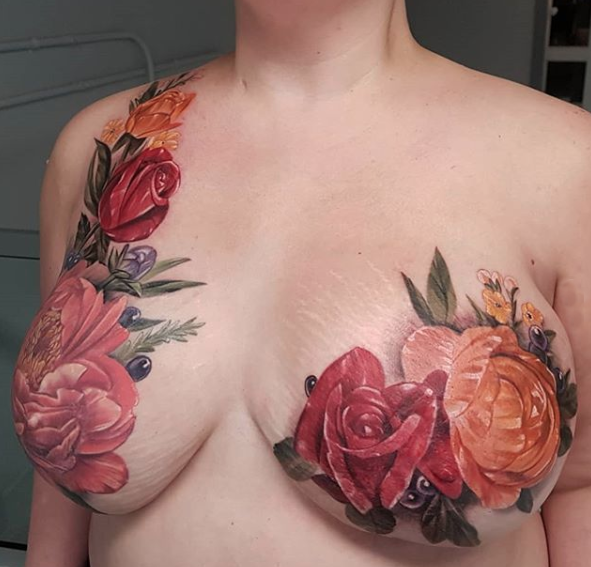
 Rose O’Neill first illustrated Kewpie dolls to be featured in the Ladies’ Home Journal, and they swiftly became extremely popular. Born in Germany, their name derived from the word “Cupid”, for the Roman God of beauty.
Rose O’Neill first illustrated Kewpie dolls to be featured in the Ladies’ Home Journal, and they swiftly became extremely popular. Born in Germany, their name derived from the word “Cupid”, for the Roman God of beauty.

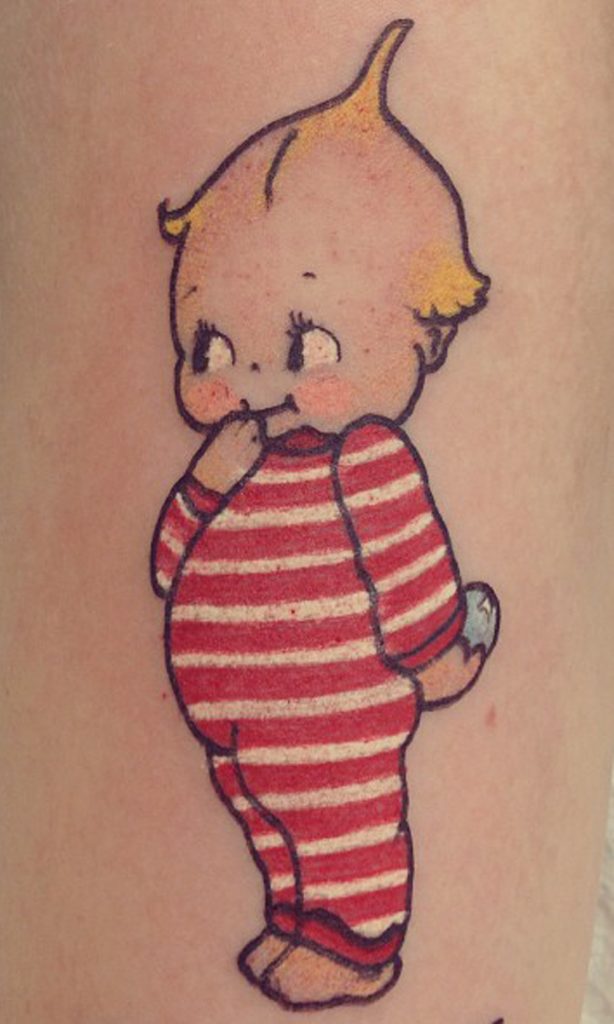
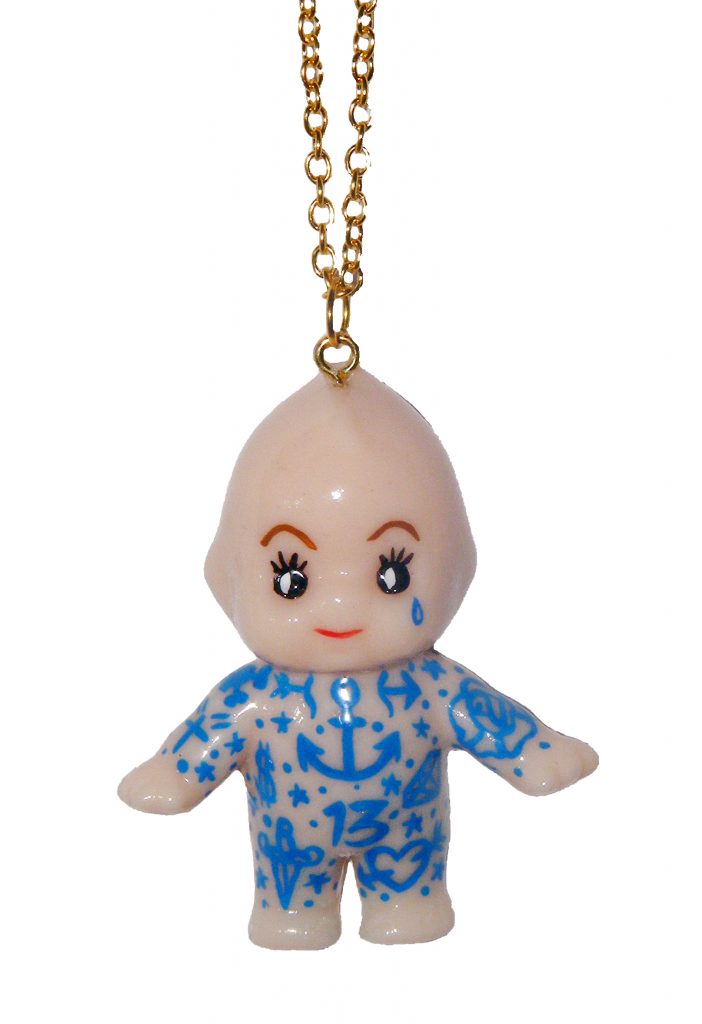

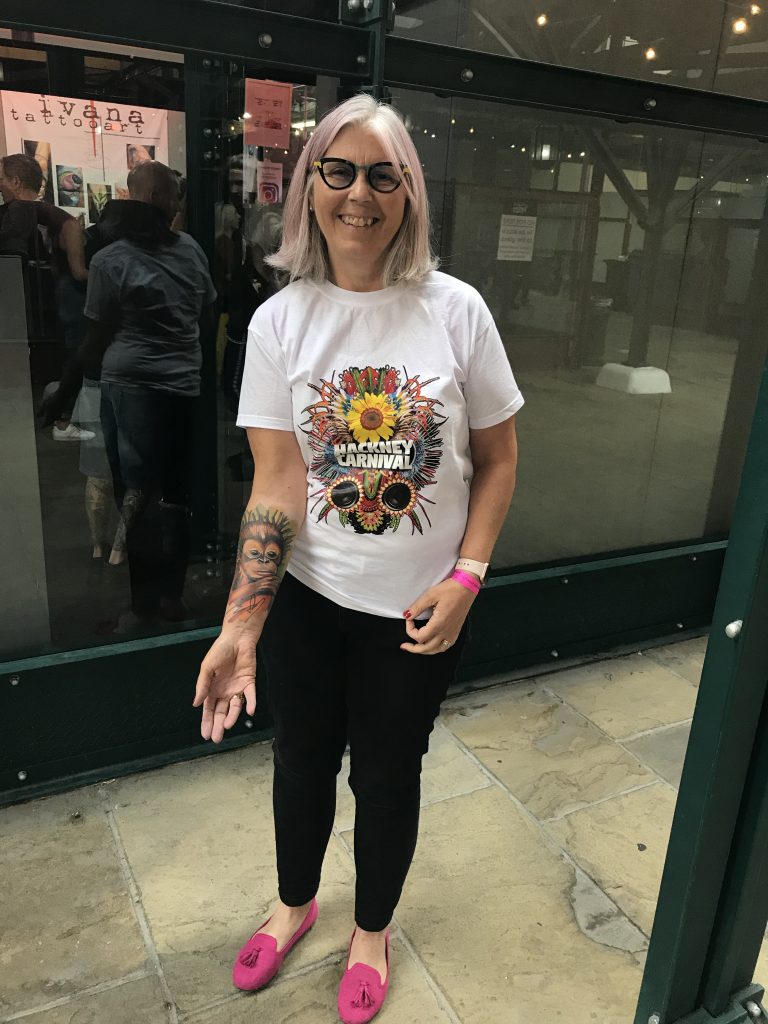


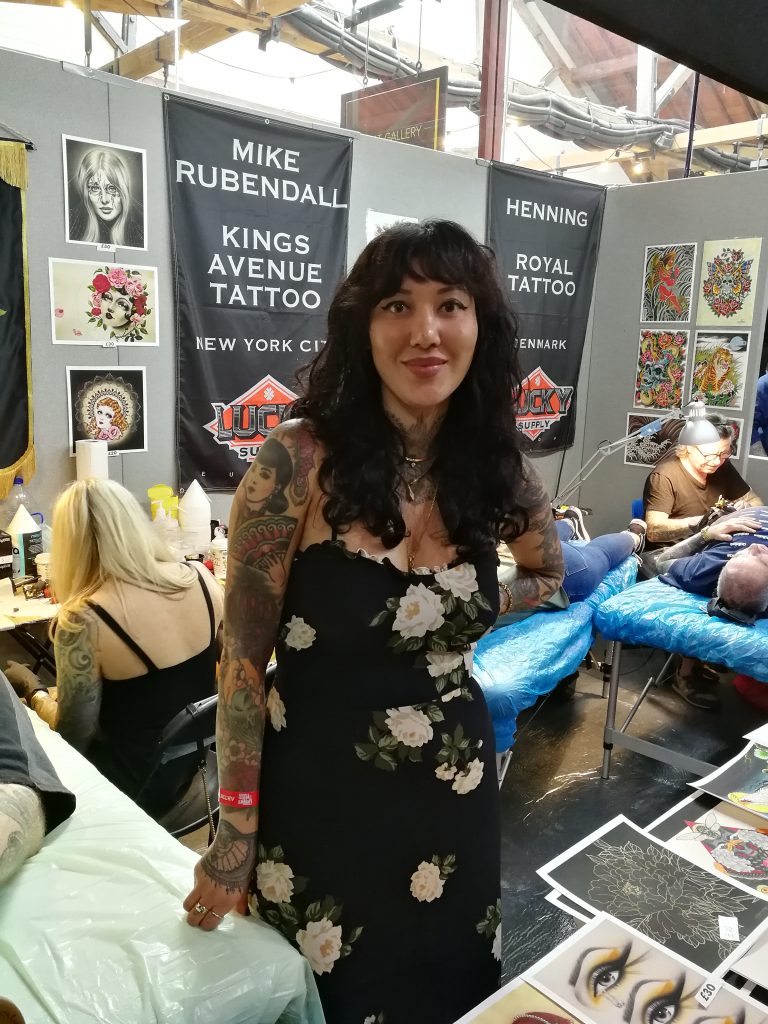


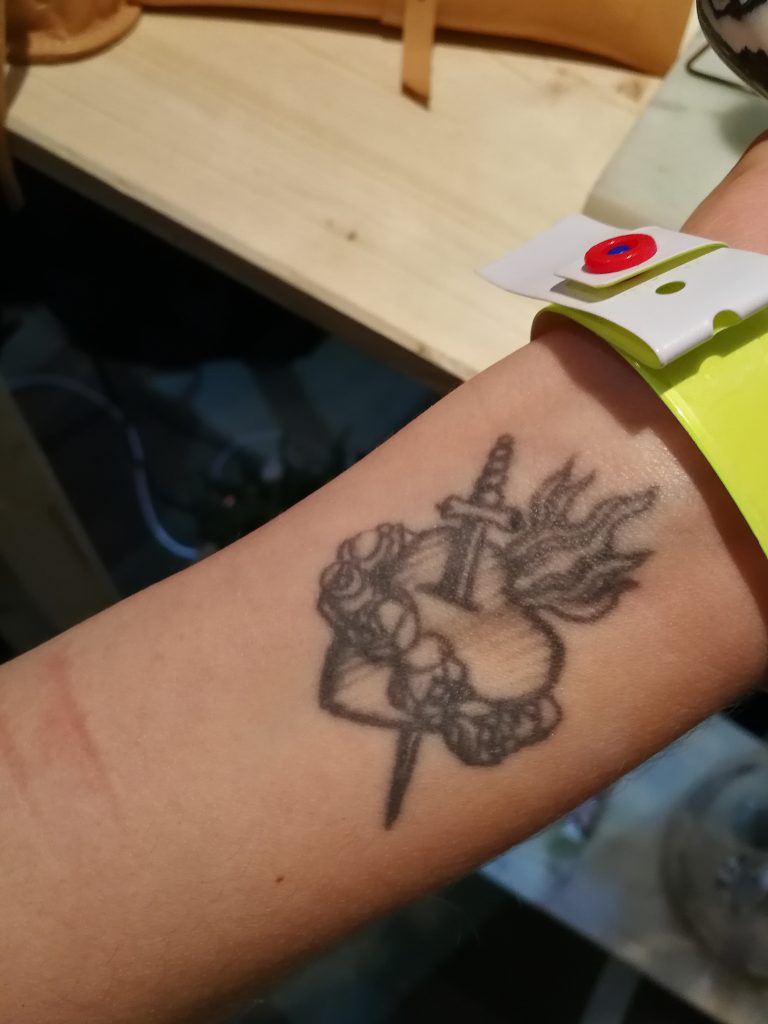
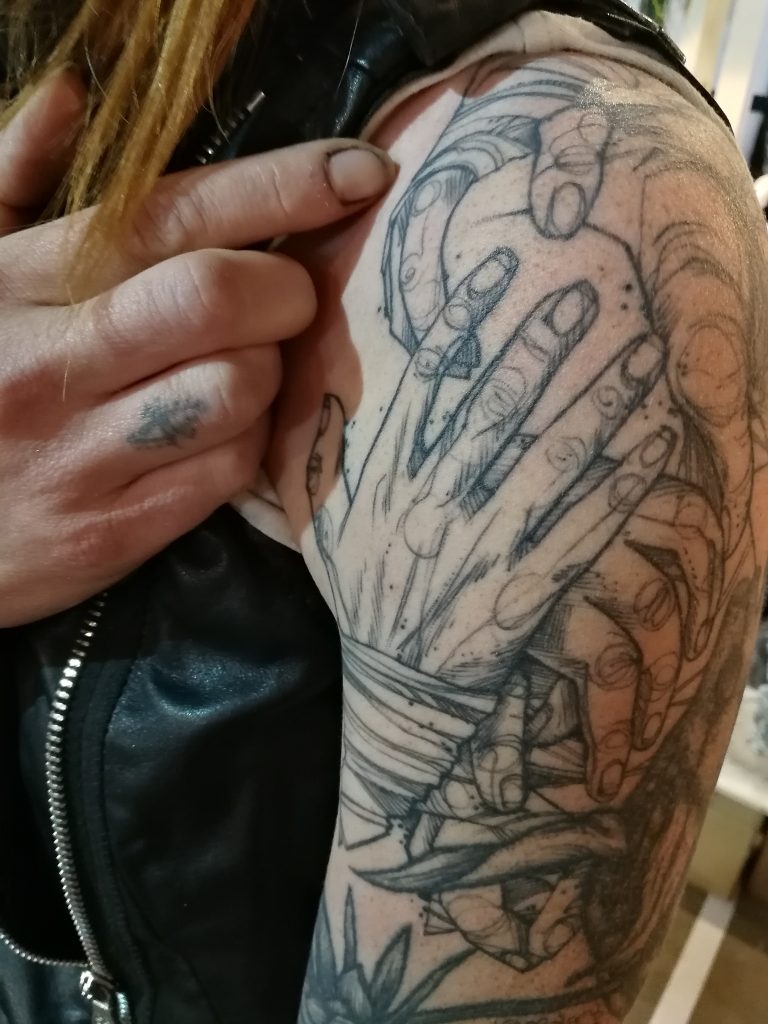


 I went to Thailand at 19, tried New York at 23 and then moved to Ibiza at 24, which is where I’ve been living for the past eight months. I’ve actually made the decision and taken on a flat back in Essex near my family. It was a really difficult decision to make, I’d gone through a real bout of loneliness in Ibiza (loneliness seems to follow me!) as I didn’t manage to make very many friends. Once again it was difficult because I had all these people telling me how amazing it must be to live in Ibiza and how lucky I was but… a beautiful view isn’t always fun if you don’t have anyone to share it with. I looked at moving to London but the prices are extortionate and I craved being close enough to my family to have Sunday roasts and see my friends. The flat has literally been signed today, so I’m back to being an Essex girl for at least the next year or so!
I went to Thailand at 19, tried New York at 23 and then moved to Ibiza at 24, which is where I’ve been living for the past eight months. I’ve actually made the decision and taken on a flat back in Essex near my family. It was a really difficult decision to make, I’d gone through a real bout of loneliness in Ibiza (loneliness seems to follow me!) as I didn’t manage to make very many friends. Once again it was difficult because I had all these people telling me how amazing it must be to live in Ibiza and how lucky I was but… a beautiful view isn’t always fun if you don’t have anyone to share it with. I looked at moving to London but the prices are extortionate and I craved being close enough to my family to have Sunday roasts and see my friends. The flat has literally been signed today, so I’m back to being an Essex girl for at least the next year or so!

